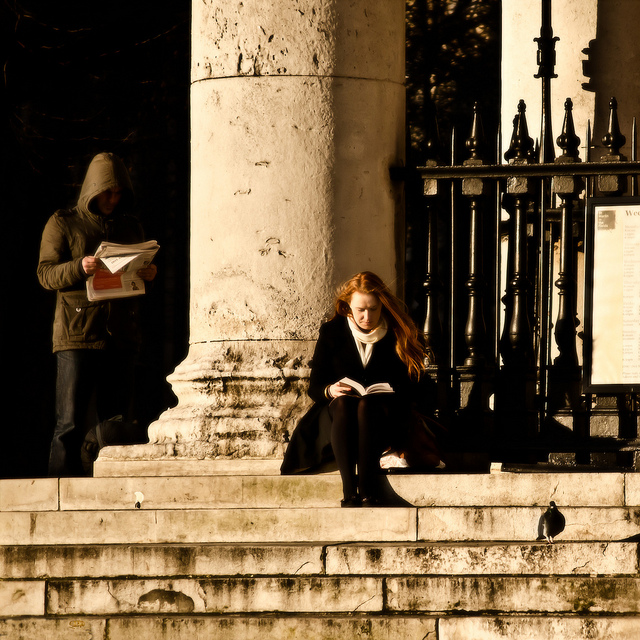By RON WELBURN
for Don Cheney
When you know a hard sky the surface of a stone sea,
the texture of popcorn foil.
When its belly sonograms across the eyes and face,
the tissues of heaven static above fields and asphalt.
By RON WELBURN
for Don Cheney
When you know a hard sky the surface of a stone sea,
the texture of popcorn foil.
When its belly sonograms across the eyes and face,
the tissues of heaven static above fields and asphalt.
By RON WELBURN
for Francis Martin (Nauset/Nipmuc)
Blind at night in the forest,
you are right about fear and
what it does to you there,
how fluids and adrenaline fix the eyes
on what the mind cannot accept.
For every beast of the forest is mine,
and the cattle upon a thousand hills.
Ps. 50:10
. . . And the vixen ascends, staggering,
On all her cinnamon-colored fours.
And the bear shifts his vision forward,
As if it’s a hop-fingered hand.
By ANNA GLAZOVA
thread your fingers through whole hinges
if the opening is blocked if there is no new
no old moon in the window.
By ANNA GLAZOVA
the superior sun will never move
chained into itself by the moving heft.
for us the sun moves and pulls
the heft behind
The dark-winged prostitutes at the bus station in Boston
Look like pleasure boats or better sharp-breasted bathing beauties
At full sail on the waters of Saint-Malo
But this analogy like cheap shorts is too tight
And chafes your thighs
Polina Barskova, Anna Glazova, and Maria Stepanova belong to the last generation of Russian poets formed by the Soviet experience. Born in the 1970s, they are old enough to have visceral memories of Soviet life but young enough to move adeptly with the new influences, new media, and new choices introduced in the post-Soviet era. Educated in Soviet, European, and U.S. universities, they share a cerebral firepower they exercise in their chosen professions—Barskova and Glazova as scholars, teachers, and translators, Stepanova as an influential online journalist. Together they represent a contemporary Russian culture that extends beyond national borders: Barskova has immigrated to the U.S., Glazova is based in Germany, and Stepanova is a lifelong Muscovite.
This month we are featuring eight new poems by four The Common contributors:
The first sound is the gong
Of a dumpster, kicked possibly
By one of the homeless twins
Who live at The Mission, followed
By the rattle of glass and aluminum—
Signs of early success—against the cages
Of their grocery carts filled with cans, bottles,
Anything stamped with 5¢ deposit
Next to our state’s abbreviation.
It’s our pleasure to bring you new poems by four poets whose work will also appear in an upcoming print issue of The Common.
